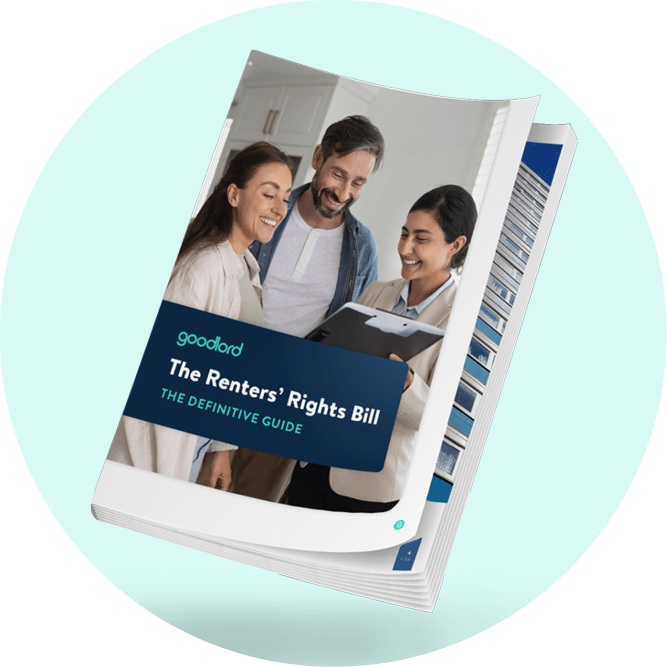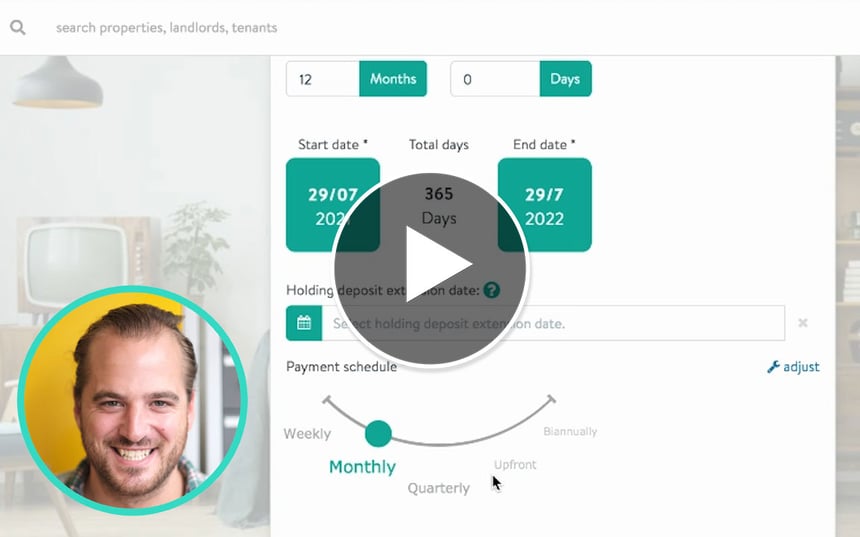What’s going on with the build-to-rent sector?
The build-to-rent sector is growing in popularity, both for investors and tenants. Here's Paul Starkey, Chief Commercial Officer at Reapit, to set the scene and explain how the sector has evolved in recent times.
A guest blog by Paul Starkey, Chief Commercial Officer of Reapit.
Renting has traditionally been seen as a stepping stone to purchasing a property in the UK real estate market. But that could be changing, as more people are choosing to rent long-term as a lifestyle choice rather than a milestone.
Build-to-rent growth
One aspect of this growing rental market that is grabbing attention is build-to-rent – private rented property that is purpose built to be rented out rather than bought. Research from build-to-rent specialists Ascend Properties estimates that build-to-rent stock has surged 135% since 2017, and now accounts for 1% of all UK rental properties.
Although this latter figure might not seem like a significant number, the private rented sector is estimated to have grown by only 0.3% since 2017, which gives that figure extra weighting.
Ascend Properties remains confident in the growth of the Build to Rent sector, predicting that build-to-rent completions will double by 2025; this despite the dampening impacts of COVID over the past year, with their estimates putting declines to the build-to-rent sector at 20% year-on-year in 2020, less pronounced than the 29% drop in other new builds over the same period.
Indeed, build-to-rent would certainly appear to be going from strength to strength, as according to research prepared by Savills for the British Property Federation, there were 53,750 completed build-to-rent homes in Q4 2020, up from 43,598 in Q4 2019 – a 23% increase overall.
Ian Fletcher, the Director of Real Estate Policy at the British Property Federation, commented that the “build-to-rent sector has shown its resilience throughout 2020, with investors continuing to drive the sector’s growth across every region of the UK.”
Investment in build-to-rent
Savills has also recently reported that over £1.2 billion was invested into build-to-rent in the UK during Q1 2021, reflecting the highest first quarter on record. This shows that investors are starting to take seriously the potential for build-to-rent to grab a significant chunk of the UK rental market, and Ascend Properties believes that share could one day make up to 20% of the new-build market.
It is an interesting projection and represents a shift away from the traditional pathway of private home ownership. A cursory view might be to suggest that it is a lack of supply or an overall unaffordability to buy that is encouraging more people to rent and fuelling the rise in build-to-rent investing.
But an alternative and more likely outlook is simply that more people are turning to long-term renting as a life choice or an option, rather than tick box on the road to buying a home.
Build-to-rent demographics
The Savills report also noted that build-to-rent households average between the ages of 26 and 40, with the majority being single occupants. This makes sense, as it is more likely to be younger people living by themselves or with friends, choosing to rent.
But while this could mark a change in consumer priorities from buy to rent, it does also raise the challenge of the lack of supply in the buy sector, forcing more long-term rental habits.
Supply and demand
It is well known that there is a supply shortage in both the buy and let sectors, with demand for homes reaching a crisis point in recent years. If the build-to-rent sector is to continue expanding, then this could have knock-on effect to the stock available in the buy market.
Indeed, Knight Frank recently reported that housebuilders are competing for land as the UK economy recovers from COVID with the ongoing loosening of restrictions and the revival of dormant industries.
Nonetheless, there would appear to be growing competition for land between Build to Rent and residential new build housebuilders. But any shift should be seen as a result of supply and demand dynamics – if more people want to rent, and for longer, then investors and housebuilders will inevitably shift more focus to this growing segment of the housing market.
This may indeed be the way the wind is turning, as with more people choosing the flexible tenancy lifestyle for the long-term, there is increased demand for rental properties.
Among younger tenants, the flexibility afforded to renting is particularly popular among the newer generations of our society, Gen Y and Gen Z, with their different expectations and desires regarding their homes than the generations before them.
But it is not just young people renting longer. As the most recent ONS Private Rented Sector report (2018) set out, not only did the number of households in the private rented sector increase from 2.8 million in 2007 to 4.5 million in 2017 – an increase of 1.7 million (63%) households – but the average age of renters has also increased with the percentage of 45 to 54 year olds living in rented accommodation increasing from 11% in 2007 to 16% in 2017. The largest group remains the 25- to 34-year-old age bracket, representing 35% of households in the private rented sector.
So, it is not just younger generations who are choosing to rent, more people than ever are choosing the tenancy lifestyle, and it is perhaps more reflective of the pay-as-you-go, consumption-based society we live in now. Build-to-rent homes may well be the market’s way of fulfilling that consumer demand.
First published on Reapit.com. Goodlord partners with Reapit to provide agents with one smooth tenancy journey - all in one place. Find out more.
Want the latest lettings new delivered straight to your inbox every week? Sign up to our mailing list and stay up to date.











